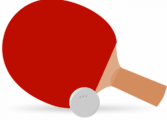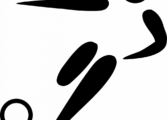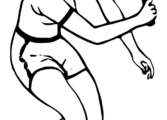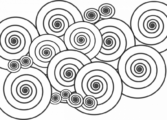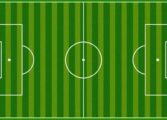Curling Skiljeomgång: En In-Depth Look at This Tense Game Element in Curling
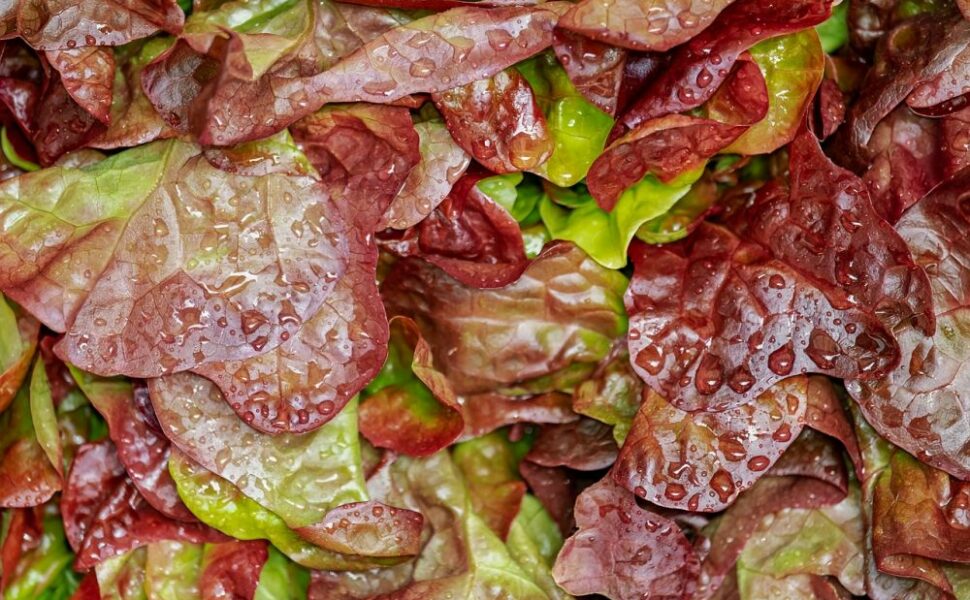
Curling Skiljeomgång: A Closer Look at this Tense Game Element
Introduction:
Curling is a popular sport that involves sliding stones across ice towards a target area. One crucial and exciting element of curling is the skiljeomgång, or the tie-breaker. In this article, we will provide a comprehensive overview of the curling skiljeomgång, discussing its intricacies, different types, popularity, and historical significance. Let’s delve into the world of tie-breakers in curling!
Understanding Curling Skiljeomgång

Curling skiljeomgång refers to a game element used to break ties in curling competitions. When two or more teams have the same score at the end of a game, a skiljeomgång determines the final outcome. This extra session is vital in determining the winners and advancing teams to the next stage of the competition.
Types of Curling Skiljeomgång
There are various types of curling skiljeomgång, each with its own rules and formats. One popular type is the ”extra end,” where teams play an additional full end to determine the winner. In some cases, the ”penalty shootout” format is used, where each team gets a predetermined number of throws, alternating between the teams. Another type is the ”two-rock rule,” where only two rocks are allowed per team in each end until a winner is determined. These different formats add suspense and excitement to the game, making each skiljeomgång unique and unpredictable.
The Popularity of Curling Skiljeomgång
Curling skiljeomgång is highly popular among curling enthusiasts and fans. Its ability to break ties and provide a decisive outcome adds an extra layer of intensity to the game. Skiljeomgångs often make for thrilling moments, with teams giving their all to secure their advancement in competitions. Additionally, the format of skiljeomgångs allows for equal playing opportunities, ensuring that the most deserving teams progress in the tournament.
Quantitative Measures in Curling Skiljeomgång
To determine the winner in curling skiljeomgång, various quantitative measures are used. These include factors such as the number of rocks in play, the distance between rocks and the target, and the accuracy of shots. Dedicated officials and specialized equipment are utilized to measure and determine the positioning of the stones. These measurements play a crucial role in assessing the skills and strategies employed by the participating teams, contributing to the final result.
Distinguishing Different Curling Skiljeomgång
Different curling skiljeomgång formats can have distinct characteristics, making each one unique. Some formats prioritize precision shots, where accuracy and finesse are essential. Others may focus on strategic play, requiring teams to read and anticipate their opponents’ moves. The choice of format can significantly impact the dynamics and outcomes of skiljeomgångs, adding to the overall excitement and unpredictability of curling.
A Historical Review of Advantages and Disadvantages
Throughout curling’s history, various skiljeomgång formats have been used, each with its advantages and disadvantages. Early formats primarily relied on the ”extra end,” providing teams with an additional round to break ties. While this format offered a more traditional approach, it often led to lengthy games and potential fatigue for players. Later, rule modifications introduced alternative formats like the ”penalty shootout” and ”two-rock rule,” offering a more time-efficient and thrilling experience. However, these newer formats sometimes raised concerns about fairness and team dynamics. Understanding the historical development and impact of different skiljeomgång formats can shed light on the evolution of curling as a sport.
Conclusion:
Curling skiljeomgång is a captivating aspect of the sport, adding drama and excitement to competitions. From the various formats and quantitative measures to the historical perspectives, it is evident that tie-breakers hold a significant place in curling’s landscape. The suspenseful nature of skiljeomgångs, coupled with their ability to determine winners, makes them an integral part of curling tournaments. As spectators and participants, we can appreciate the intensity and skill showcased during these crucial moments.











